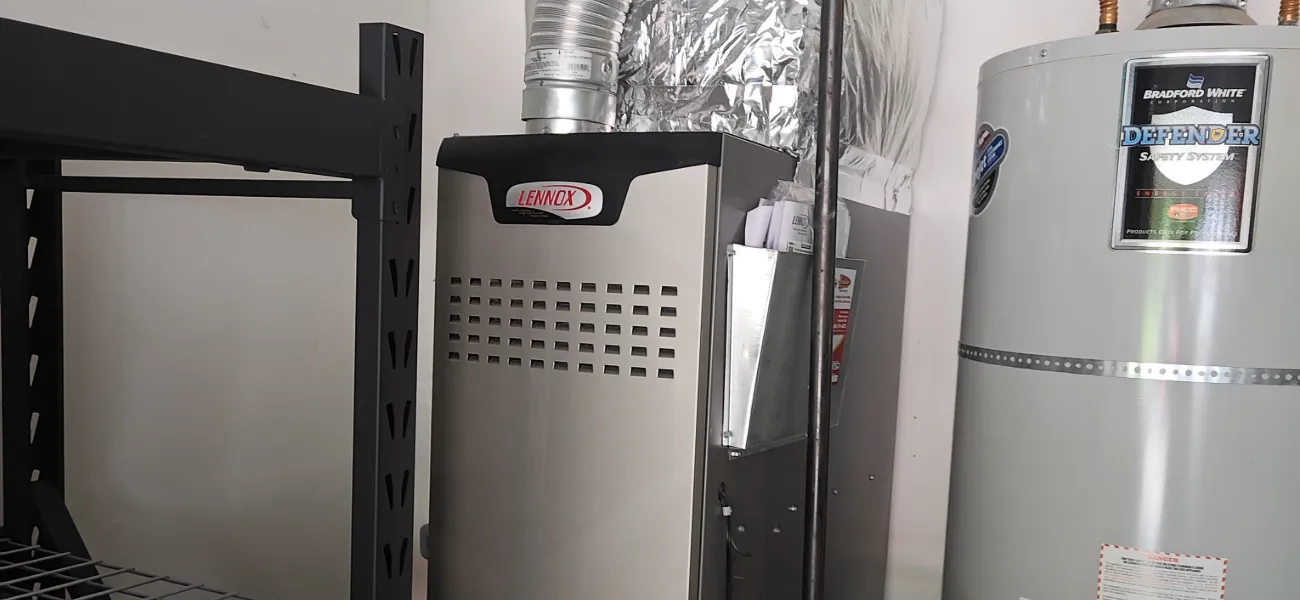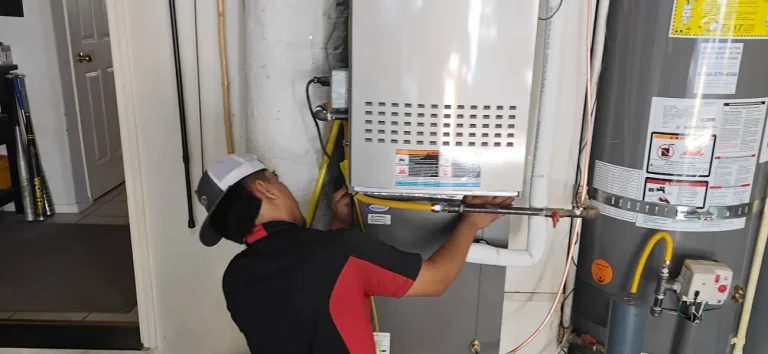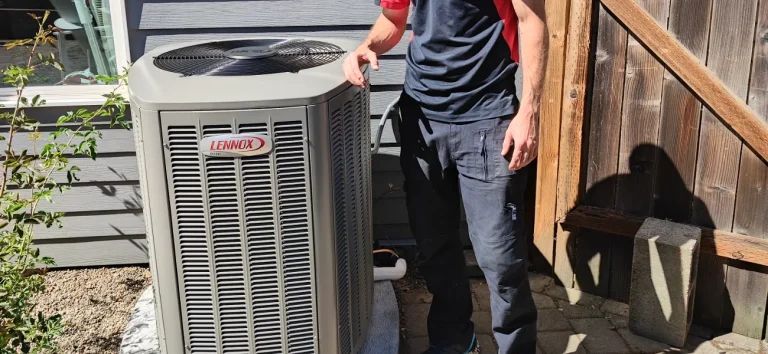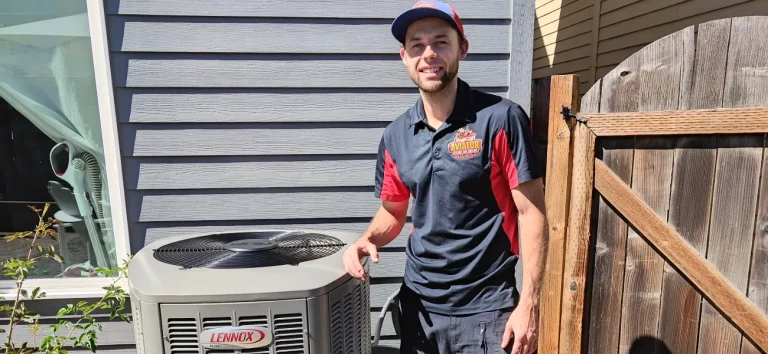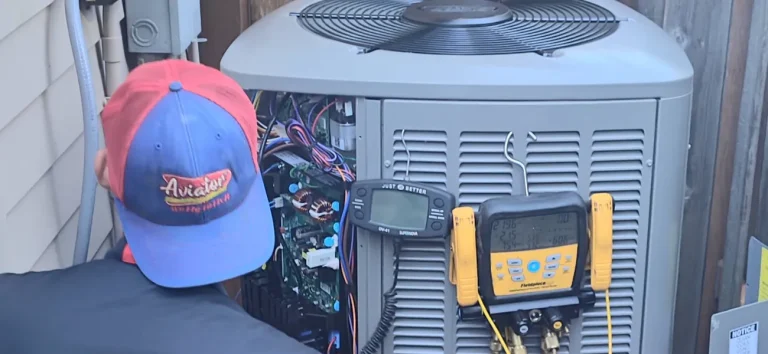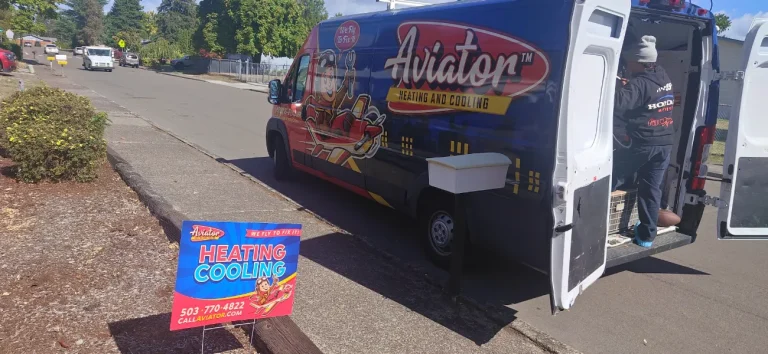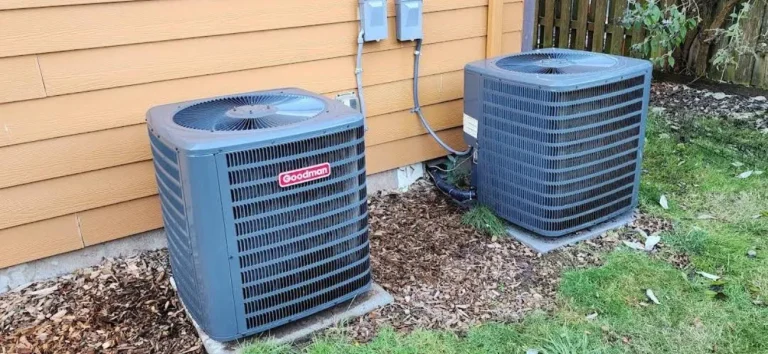What Is a Hybrid Heating and Cooling System and How Does It Work?
As Oregon homeowners seek more efficient and cost-effective ways to maintain year-round comfort, hybrid heating and cooling systems have emerged as an excellent option. These innovative systems combine two energy sources—electricity and gas—to deliver both efficiency and reliability. A hybrid system pairs the energy-saving capabilities of a heat pump with the powerful heating performance of a gas furnace, ensuring optimal comfort even during Oregon’s variable climate conditions.
For those considering an HVAC upgrade in areas like Portland, Beaverton, or Hillsboro, a hybrid system could be the ideal solution. In this blog, we’ll explore how hybrid heating and cooling systems work, the components that make them unique, and how they can help you save on energy costs while keeping your home comfortable through Oregon’s wet winters and mild summers.
How Does a Hybrid Heating and Cooling System Work?
A hybrid heating and cooling system is a type of HVAC system that uses both a heat pump and a gas furnace to maintain ideal temperatures in your home. This dual-fuel approach allows the system to automatically switch between the heat pump and gas furnace, depending on the outside temperature and your home’s heating needs. This combination of electricity (through the heat pump) and gas (through the furnace) ensures your home stays comfortable, no matter the weather.
The Heat Pump: Efficient Heating and Cooling for Milder Temperatures
At the core of a hybrid system is the heat pump. Heat pumps are highly efficient because they don’t generate heat like a furnace. Instead, they transfer heat from one place to another. During the summer months, a heat pump works like an air conditioner by extracting heat from inside your home and releasing it outside. In the winter, it operates in reverse, pulling heat from the outdoor air and transferring it into your home.
Heat pumps are most efficient in milder temperatures, typically above 30-40°F. When the temperature outside is moderate, the heat pump can provide sufficient warmth at a fraction of the cost of running a gas furnace. This makes it an ideal solution for heating during the fall and spring months or in areas where winters are mild.
The Gas Furnace: Reliable Heating for Cold Weather
While a heat pump is incredibly efficient in moderate temperatures, its performance can diminish when temperatures drop below freezing. That’s where the gas furnace in a hybrid system comes into play. When outdoor temperatures fall to a point where the heat pump becomes less effective, the system automatically switches to the gas furnace for heating. This ensures that your home stays warm and comfortable even during the coldest Oregon winter days.
Gas furnaces are more powerful than heat pumps and can provide reliable, consistent heat in extremely cold conditions. By combining the heat pump and the furnace, a hybrid system can switch between the two energy sources as needed, maximizing efficiency and comfort.
Key Components of a Hybrid Heating and Cooling System
To better understand how a hybrid system works, let’s take a closer look at its basic components:
1. Heat Pump
The heat pump is the primary component responsible for cooling in the summer and heating in the milder winter months. It uses electricity to move heat between your home and the outside air. A heat pump includes an outdoor unit and an indoor air handler, similar to a traditional air conditioning system, but with the added ability to reverse the heat transfer process for heating.
2. Gas Furnace
The gas furnace is the secondary component of a hybrid system, kicking in when the heat pump is no longer efficient at lower temperatures. It burns natural gas or propane to produce heat, which is then distributed through your home’s ductwork. The furnace provides backup heating during extreme cold, ensuring you’re never without warmth.
3. Dual-Fuel Thermostat
A dual-fuel thermostat controls when the system switches between the heat pump and the furnace. It constantly monitors the outdoor temperature and determines the most efficient way to heat your home. For example, if the outdoor temperature drops below a set threshold, the thermostat signals the system to switch from the heat pump to the furnace, ensuring your home stays warm without wasting energy.
4. Ductwork and Air Distribution
Both the heat pump and the furnace use your home’s existing ductwork to distribute warm or cool air throughout your home. This makes hybrid systems versatile and compatible with most existing HVAC setups. Proper ductwork is essential for maximizing the efficiency of a hybrid system.
Why Choose a Hybrid Heating and Cooling System?
Hybrid heating and cooling systems offer several key benefits, making them an ideal choice for homeowners in Hillsboro, Oregon, and other areas with variable but not extreme climates. Here are a few reasons why you should consider installing a hybrid system:
1. Energy Efficiency
The main advantage of a hybrid system is its ability to maximize energy efficiency. By using the heat pump during milder temperatures and only relying on the gas furnace during extreme cold, you can reduce energy consumption and lower your utility bills. Heat pumps are highly efficient, especially when compared to traditional gas or electric heating systems. In fact, Energy Star® estimates that heat pumps can reduce heating energy use by up to 50% compared to furnaces or baseboard heaters.
2. Cost Savings
By switching between electricity and gas depending on the outside temperature, hybrid systems optimize energy use, which can lead to significant cost savings. Since the heat pump is less expensive to operate than a gas furnace, using it during milder weather reduces overall heating costs. Over time, the energy savings from a hybrid system can help offset the initial installation cost.
3. Year-Round Comfort
Hybrid systems provide consistent comfort year-round. During the summer, the heat pump cools your home just like a traditional air conditioner. In the winter, the system automatically selects the most efficient heating method based on the temperature. Whether it’s 90°F or 10°F outside, a hybrid system ensures your home stays comfortable.
4. Environmental Benefits
Because heat pumps are powered by electricity and don’t rely on burning fossil fuels, they have a smaller carbon footprint compared to traditional gas or oil furnaces. By using a hybrid system, you can reduce your home’s environmental impact while still enjoying reliable heat during the coldest months.
Is a Hybrid System Right for Your Eastlake Home?
Hybrid heating and cooling systems are an excellent option for homes in Hillsboro, Oregon, where winters can be cold but not consistently freezing. By taking advantage of the energy efficiency of a heat pump during milder months and the power of a gas furnace during the coldest days, a hybrid system can save you money while keeping your home comfortable year-round.
At Aviator Heating & Cooling, we specialize in installing hybrid HVAC systems and can help you determine if a hybrid system is the right choice for your home. Our team of experts will evaluate your current HVAC setup, your home’s heating and cooling needs, and the local climate to recommend the best solution for your comfort and budget.
Upgrade to a Hybrid HVAC System Today
Ready to improve your home’s energy efficiency and enjoy year-round comfort? Contact Aviator Heating & Cooling today for a consultation on hybrid heating and cooling systems. We proudly serve homeowners in Portland, Beaverton, or Hillsboro, and surrounding areas. Let us help you find the perfect solution to keep your home comfortable in all seasons while saving on energy costs!
If you'd like to schedule an estimate install a hybrid HVAC system in your home please give us a call (503) 770-4822 or fill out our online estimate request form and we'll get right back to you.

